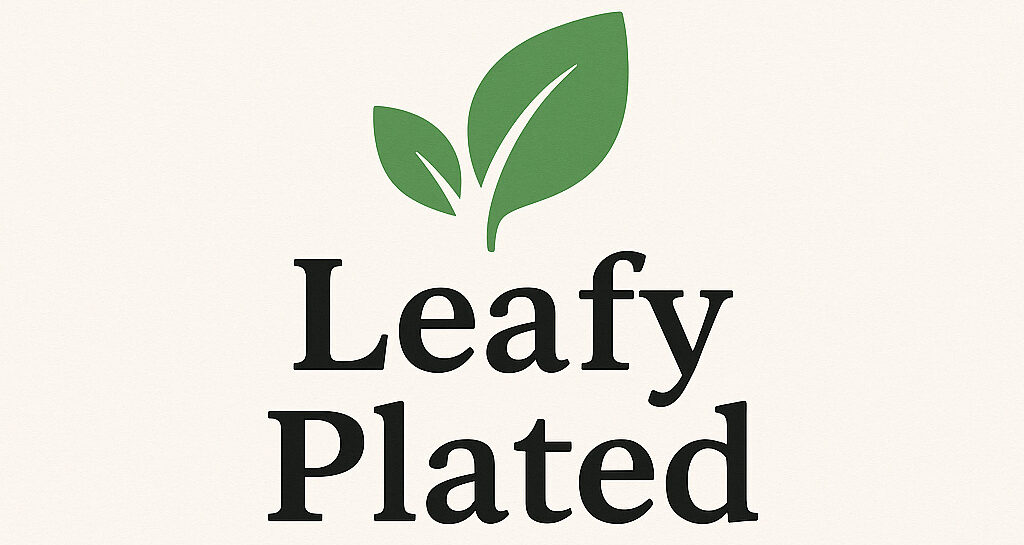If you’ve been dreaming of baking your own gluten-free sourdough bread, you’re in the right place! Making your own sourdough starter might sound intimidating, but trust me, it’s simpler than you think. The process of creating a gluten-free starter involves just three ingredients—water, flour, and a little patience. And once you’ve got your starter, you can make delicious, tangy sourdough bread, and even use the discard for other tasty treats! It’s a journey worth taking, and I’ll walk you through it.
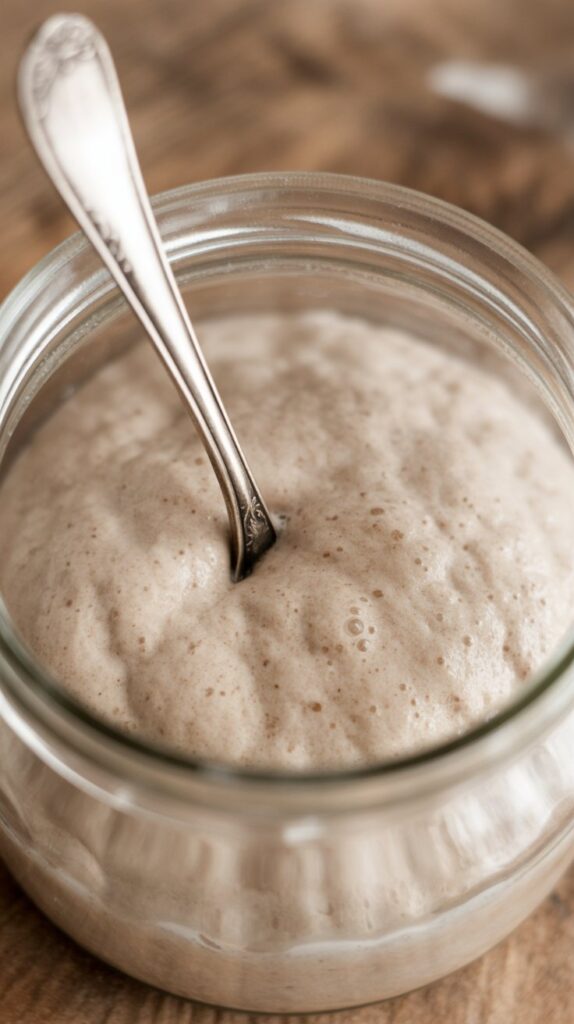
What is Sourdough? Is All Sourdough Gluten-Free?
Sourdough is a type of bread made from a fermented mixture of flour and water, and it’s one of the oldest bread-making methods out there. The yeast and bacteria that naturally form in the starter help the dough rise and develop a signature tangy flavor. While traditional sourdough is made with wheat flour, gluten-free sourdough uses gluten-free flours like brown rice, sorghum, or millet to give you that same delicious, airy loaf—without any gluten.
Sourdough isn’t always as sour as it sounds! If you prefer a more mellow flavor, you can adjust the fermentation time. Plus, the health benefits of sourdough are pretty awesome: because it’s fermented, it’s easier to digest and may improve your gut health.
The Science Behind a Sourdough Starter
A sourdough starter is made from flour and water—nothing fancy—but it works wonders thanks to fermentation. The natural yeast and bacteria in the air feed on the flour, producing lactic and acetic acids that give the bread its signature sourness. They also create bubbles of carbon dioxide, which makes the dough rise and gives it that lovely light texture. This magic happens in both traditional and gluten-free sourdough starters, but gluten-free versions might take a little more time and attention to get started.
Ingredients You’ll Need for Your Gluten-Free Sourdough Starter
The best part about making a gluten-free sourdough starter is that you only need three main ingredients, but each one plays an important role.
- Flour: Use whole-grain gluten-free flour like brown rice flour, sorghum flour, or buckwheat flour. These flours are rich in nutrients and naturally attract wild yeast. Avoid gluten-free flour blends, as they often contain starches and gums that don’t work as well for fermenting.
- Water: Use filtered water. Chlorine in tap water can interfere with the fermentation process, so it’s best to go for water that’s free of it.
- Air/Time: This starter depends on the wild yeast in the air around you. That’s why it’s important to place it in a warm spot, like your kitchen counter (but not next to a drafty window).
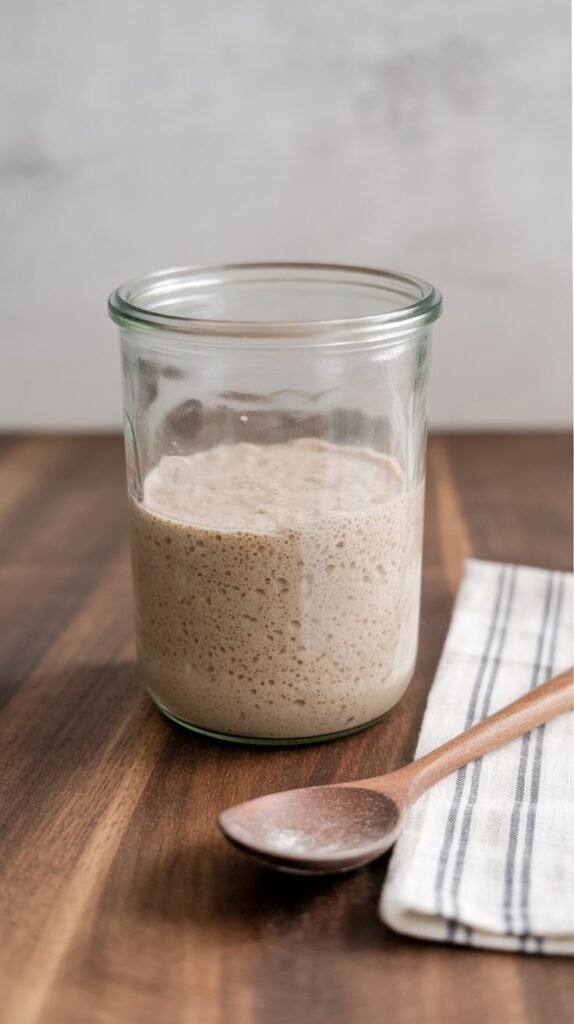
How to Make Your Gluten-Free Sourdough Starter
Here’s how to get your starter going, step-by-step. It’ll take about one to two weeks of feeding, but don’t worry—it’s simple and only requires a few minutes each day.
Days 1 and 2 – The Beginning:
Start by mixing 50g of your flour (brown rice flour works great) with 50g of water in your jar. Stir it well until it forms a thick paste-like consistency. Cover it loosely with a tea towel or a lid, just making sure there’s room for air to get in. Place it in a warm spot in your kitchen (I love putting mine on the counter).
Each day, feed your starter twice. In the morning and evening, discard about half of the mixture (you can compost it or use it for sourdough discard recipes) and then add 50g more flour and 50g of water. You should start to see some bubbles by the end of day two! Those little bubbles mean the wild yeast is starting to do its thing.
Days 3–7 – Watch it Grow:
By now, you’ll be discarding half of the mixture every time you feed it. Keep the remaining starter to about 100g. Add 50g of flour and 50g of water each time, and you’ll notice more bubbles and a slight rise in the starter. By day 4 or 5, you’ll likely notice a sour smell—this is a good sign!
You can start doing just one feeding per day after day 7 if the starter is growing well. Continue the 1:1:1 ratio of starter, water, and flour. Keep an eye on it—it should double in size between 3 and 5 hours of feeding. Once this happens, you’re ready to bake!
Maintaining Your Starter
Once your starter is active and bubbly, you can switch to once-a-day feedings, but if you’re storing it in the fridge, you’ll only need to feed it once a week. If you plan to bake often, keep it at room temperature and continue feeding it daily. If you skip a day, don’t worry—it’s not a disaster, but try to keep up with regular feedings so it stays healthy.
When you’re ready to bake, take the starter out of the fridge, let it warm up a bit, and give it a feeding or two to get it back to peak activity.
Storing Your Starter
If you’re not baking frequently, store your starter in the fridge. It will stay alive and active with just weekly feedings. If you plan to bake, take it out and let it come to room temperature before feeding it again. You can also dehydrate your starter if you plan on taking a long break from baking. This allows you to bring it back to life when you’re ready.
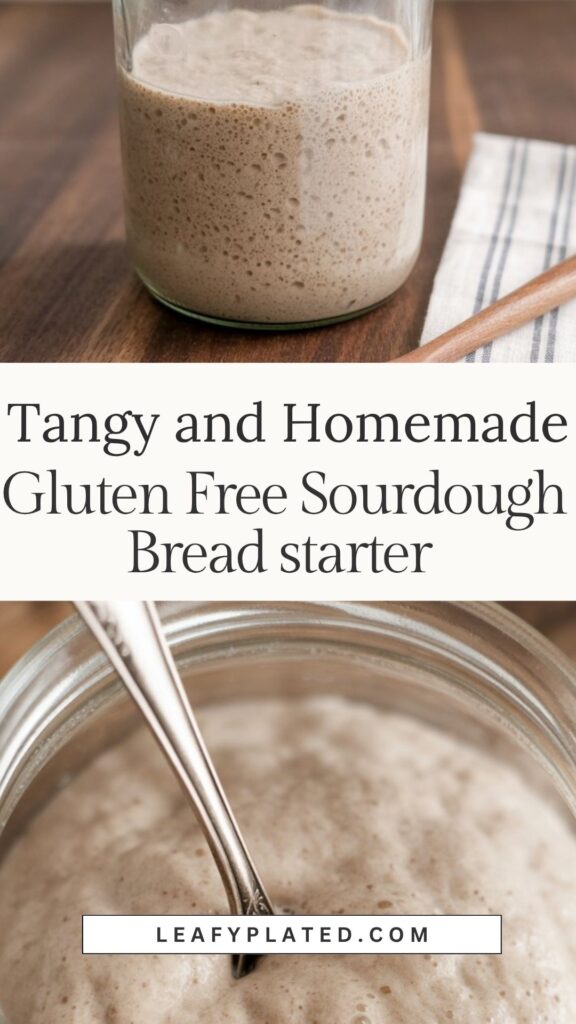
FAQs About Gluten-Free Sourdough Starter
What if my starter isn’t bubbling?
Patience is key! Wild yeast can take some time to get going, depending on the temperature and humidity in your home. If it’s taking longer than expected, try moving it to a warmer spot. Sometimes, adding a slice of apple or a few raisins can help kickstart the process.
What if my starter isn’t doubling?
This is normal! But once it starts doubling, that’s when you know it’s ready for baking. If you’re not seeing it double yet, give it some more time and patience. The process can vary with the temperature, so don’t get discouraged.
Can I use a gluten-free all-purpose flour blend?
It’s best to stick with whole grain flours like brown rice or sorghum. Gluten-free blends often have added starches and gums that can interfere with fermentation. Whole grains provide the best results and give your starter a better chance to develop those wonderful flavors.
Can I switch flours?
Yes! Once your starter is established, you can switch between gluten-free flours. Just try not to switch too often, as consistency will help the starter thrive.
What should I do if my starter smells bad?
A healthy starter will have a pleasant, sour smell. If it’s smelling like rotten or really off, it could be contaminated, and it’s best to start over. Keep your jar clean and avoid anything that might introduce bad bacteria into your starter.
Can I use my gluten-free sourdough starter for other recipes?
Yes, absolutely! The discard from your starter can be used in pancakes, crackers, or even cakes. There’s no waste here – every part of the starter is useful for a variety of delicious recipes.
Gluten Free Sourdough Bread Starter
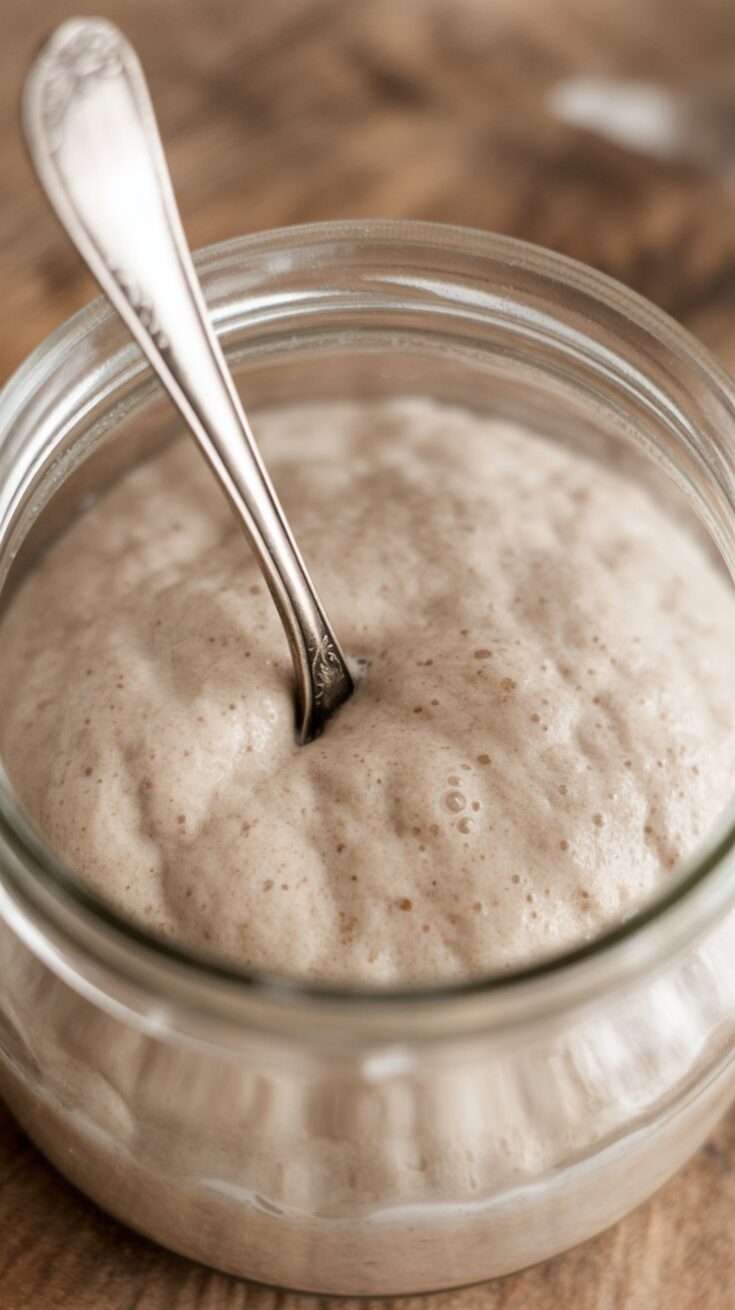
Making your own gluten-free sourdough starter from scratch is simple, and all it takes is flour, water, and a little patience! Follow this easy guide, and in about one to two weeks, you’ll have a bubbly, active starter ready for baking.
Ingredients
- Gluten-free whole grain flour (brown rice flour, sorghum flour, buck wheat flour, or a combination about 3 lbs to start)
- Room temperature filtered water
Instructions
- Prepare your jar: Start by thoroughly cleaning your jar with soap and hot water. You don’t need to sanitize it like canning jars, but it should be clean to avoid any harmful bacteria. Weigh the jar and mark the weight with tape — this will help track the starter’s growth.
- Days 1 & 2 (Feed twice a day): In the morning, mix 50g of your flour with 50g of room temperature water in the jar. Stir it into a thick paste-like consistency. Scrape the sides, cover loosely (use a tea towel or a lid with a gap), and leave it in a warm place. Repeat in the evening — 50g flour and 50g water. By now, you should start seeing some bubbles and smell a bit of fermentation.
- Days 3 to 7 (Daily discard and feed): By day 3, you’ll start to see bubbles, and the smell should be souring up! Discard all but 100g of your starter and feed it with 50g flour and 50g water twice a day. Don’t worry if it looks a little less active at times, it’s just gaining strength. Keep discarding and feeding until day 7.
- Week 2 (Time to ramp it up): By now, your starter should be more bubbly and have a pleasant sour smell. At this point, you’ll begin feeding it with 100g of flour and 100g of water for each feeding. Continue this daily until it doubles in size in about 3–5 hours after feeding — that’s peak activity!
Maintenance
- At room temperature: Continue feeding once a day with 100g flour, 100g water, and discard down to 100g starter.
- In the fridge: If you’re not baking regularly, you can refrigerate it and feed it once a week, following the same steps.
- When ready to bake, take the starter out of the fridge, feed it, and wait until it’s bubbly and at peak rise. Use it to make your favorite sourdough bread recipe!
Notes
- Storage: Store your starter on the counter for daily feedings, or in the fridge for weekly care.
- Flour options: Experiment with different gluten-free flours to find the one that works best for you.
Nutrition Information
Yield
1Serving Size
1Amount Per Serving Calories 455Total Fat 1gSaturated Fat 0gTrans Fat 0gUnsaturated Fat 1gCholesterol 0mgSodium 12mgCarbohydrates 95gFiber 3gSugar 0gProtein 13g
Leafyplated.com, occasionally offers nutritional information for recipes contained on this site. This information is provided as a courtesy and is an estimate only. This information comes from online calculators. Although Leafyplated.com attempts to provide accurate nutritional information, these figures are only estimates.
Final Thoughts on Your Gluten-Free Sourdough Starter Journey
I’ll admit, there’s a certain magic to making sourdough from scratch. The bubbling, the growing, the anticipation – it’s a fun process that’s as much about patience as it is about the final product. While it might take a little time, there’s nothing like the satisfaction of pulling a fresh loaf of gluten-free sourdough out of the oven.
It’s the kind of bread that brings people together and makes every meal feel a little more special. So, whether you’re baking for your family or sharing it with friends, I hope this guide helps you make your very own gluten-free sourdough starter! Happy baking!
Try Other Gluten Free Recipes:
